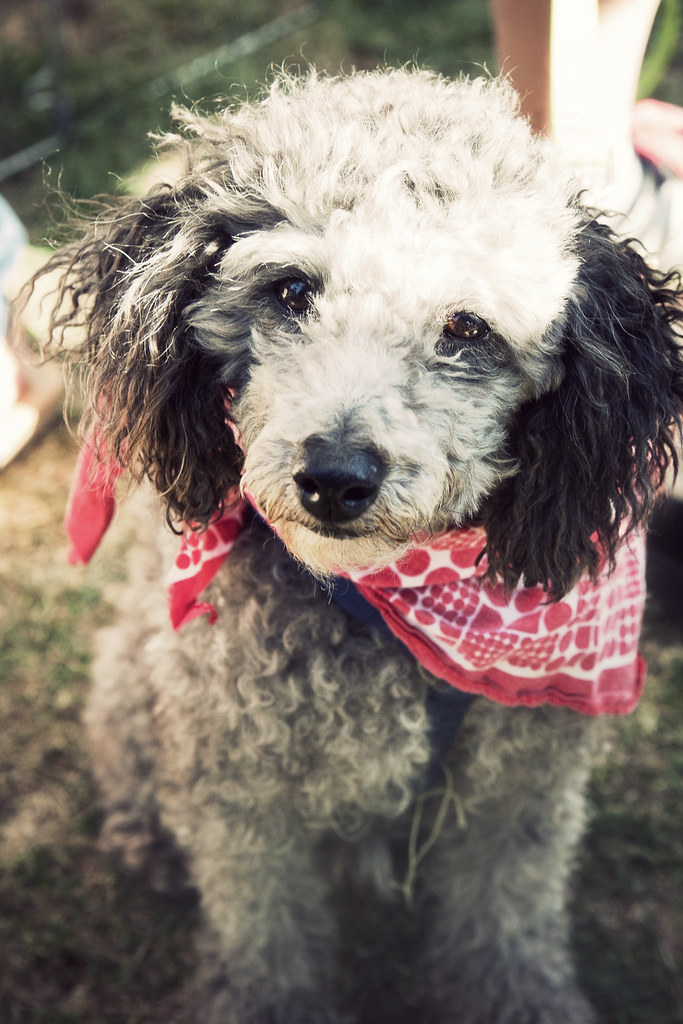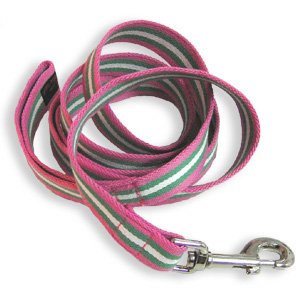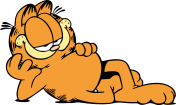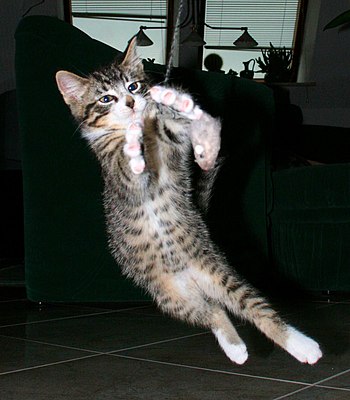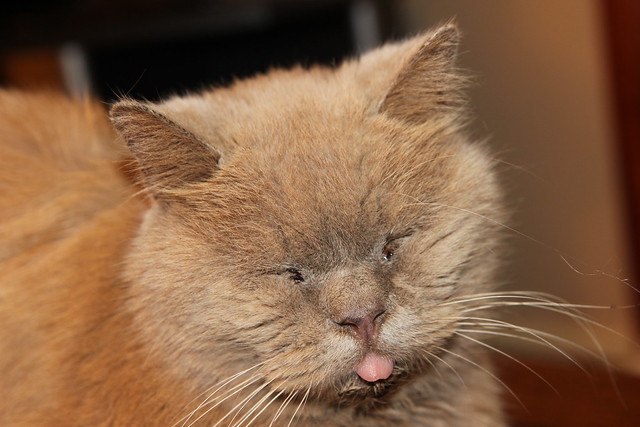Thinking about getting a new puppy or dog? If you are, then you might want to consider signing up for dog obedience classes, especially if you are a first-time dog owner at that. It's fun to have a dog or puppy around, but that is if the one you got has good manners. Because if not, you might regret getting one in the first place.
 |
| Croatian Sheepdog Mawlch Gera - on agility (Photo credit: Wikipedia) |
So, when you bring home your new pet, make sure that you put enrolling in dog obedience classes on top of your priority to-do list. However, since there are lots of dog obedience schools offering this kind of classes, you must be keen in choosing the one that meets your requirements. So, when signing up for dog obedience classes, here are some things to remember.
First, look into the reputation of the dog obedience school offering dog training classes. Of course, the more popular the school is, the more reliable it could be. Try to ask from your neighbors for suggestions. Also, you can talk to friends, colleagues, and relatives who have already tried dog obedience classes for their pets. But the most reliable recommendation that you can get is from your local veterinarian. He/she knows where dogs can be trained well in your area, so check out the name he/she recommends.
Now, if you don't anyone who can recommend you a reputable dog school, you can always rely on the Internet for information. Some dog obedience schools have already conquered the web to reach more potential clients. So, start doing your research online and check on the school's feedbacks to know whether their services are good or not.
Next, see whether the trainers comprising the school have sincere love and attachment to dogs. This is a little difficult to determine because anybody can claim that he loves dogs and enjoys training them. So, how to know this? Try to observe the classes first. For example, if you have a friend who has a dog enrolled in one, you can always join them during sessions and note your observations. If the qualities of the trainer meet your requirements, then consider that school on top of your list.
And lastly, of course, you have to consider the cost of signing up in a dog obedience class. If your dog is a high-breed, the cost of getting one may already be high enough, much more if you start buying dog foods and bringing it to a veterinarian for some check-ups. So, ask yourself, can you still afford the cost that goes with training your dog or puppy? Before signing up, make sure that you inquire about this first because you might end up quitting the course just because you run out of budget.
So there you go. Now that you know all these, you're off to getting the right dog obedience classes for you and your pet. Take note that a dog obedience class can very much help you teach your new dog some basic commands like sit, stay, come, and down. Once your pet learns all these, you will have more control over it during social events.
So, never underestimate the significance of these classes for you and your dog.

